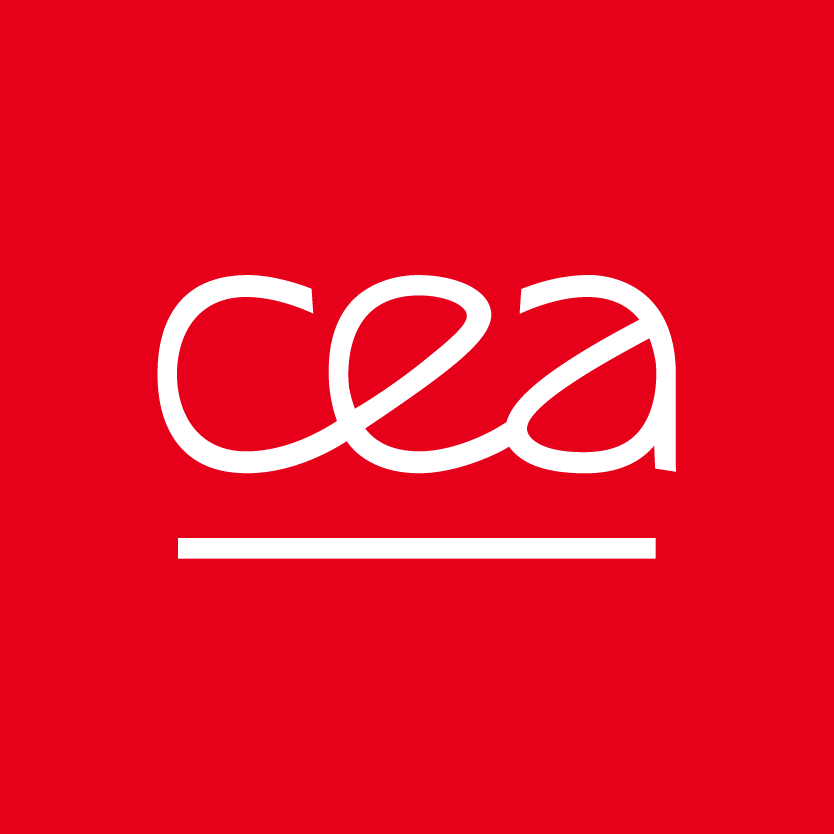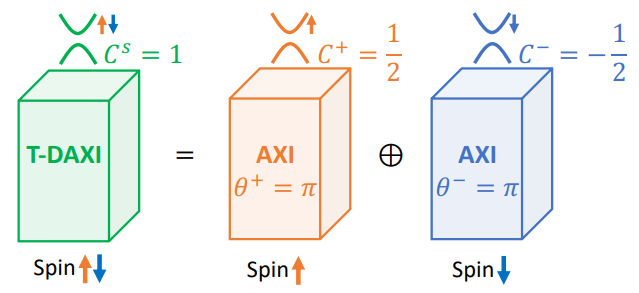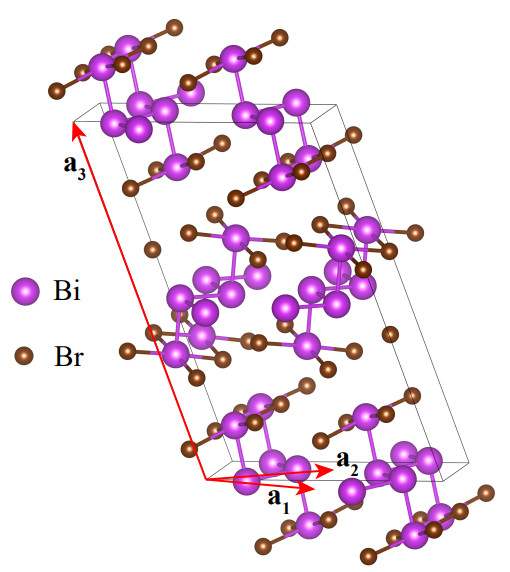Topological insulator (TI) states are 3D quantum phases of matter that are insulating in their bulk and conducting on their 2D surfaces. Because their unique conducting 2D surface states can be detected in STM and photoemission experiment, real solid-state materials hosting TI phases were experimentally identified almost immediately after their theoretical proposal. In the 15 years since the discovery of TIs, we have since learned that thousands of other materials host topological features, but through mechanisms that are distinct from the theory underpinning TIs. In particular, it was recently discovered that of the bulk-insulating topological materials in Nature, most are in fact topological crystalline insulators (TCIs), which unlike TIs, have both insulating 3D bulks and 2D surfaces, and at most host conducting 1D channels on their edges or “hinges.”
Following pioneering experiments on elemental bismuth performed by the Meso Group at the LPS-Orsay here at Saclay (https://www.nature.com/articles/s41567-018-0224-7), robustly metallic 1D hinge states have been observed in a number of candidate TCIs. However, recent theoretical advances and further experiments have called into question whether hinge-state conduction truly represents a “smoking gun” signature of a TCI, or merely an interesting – but extrinsic – effect.
In a new study co-led by Benjamin Wieder (IPhT), an international team has discovered new 3D bulk and 2D surface signatures of TCI states to bring clarity to this problem. By focusing on the spin degree of freedom, the team found via extensive numerical calculations that the insulating 2D surfaces of TCIs are not featureless as previously assumed, but rather contain a novel – and unremovable – pattern of electronic motion consisting of counterpropagating circular orbits that vary based on the “spin” of each electron. The team in particular found that this pattern is distinct from the behavior of electrons in all other known 2D insulators with weak electron-electron interactions, and can be measured via optical experiments. Lastly, the team identified the readily accessible material bismuth bromide as a TCI hosting this novel 2D surface phase, providing hope that the theoretical findings of this study will be experimentally validated within the near future.
This paper is published in Nature Communications.
To know more:
https://www.eurekalert.org/news-releases/1031456




